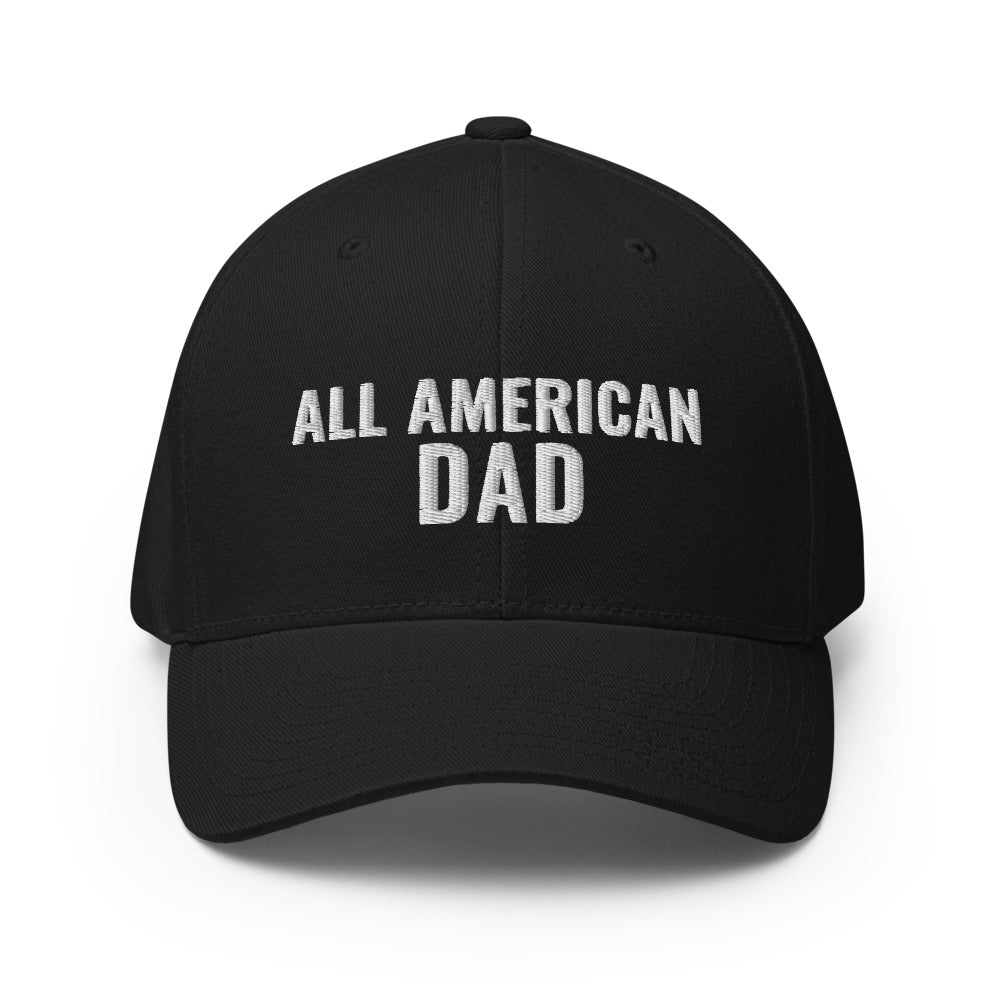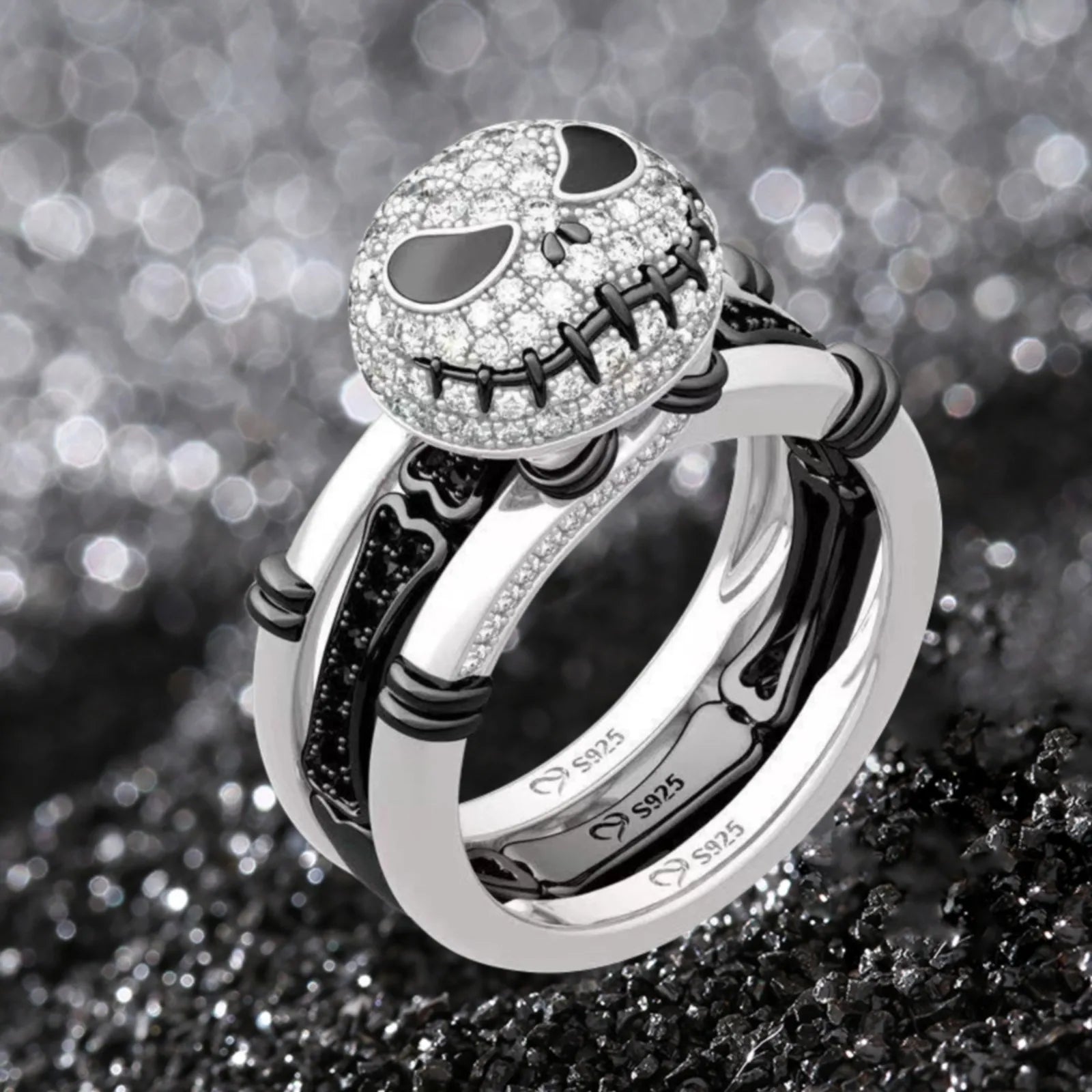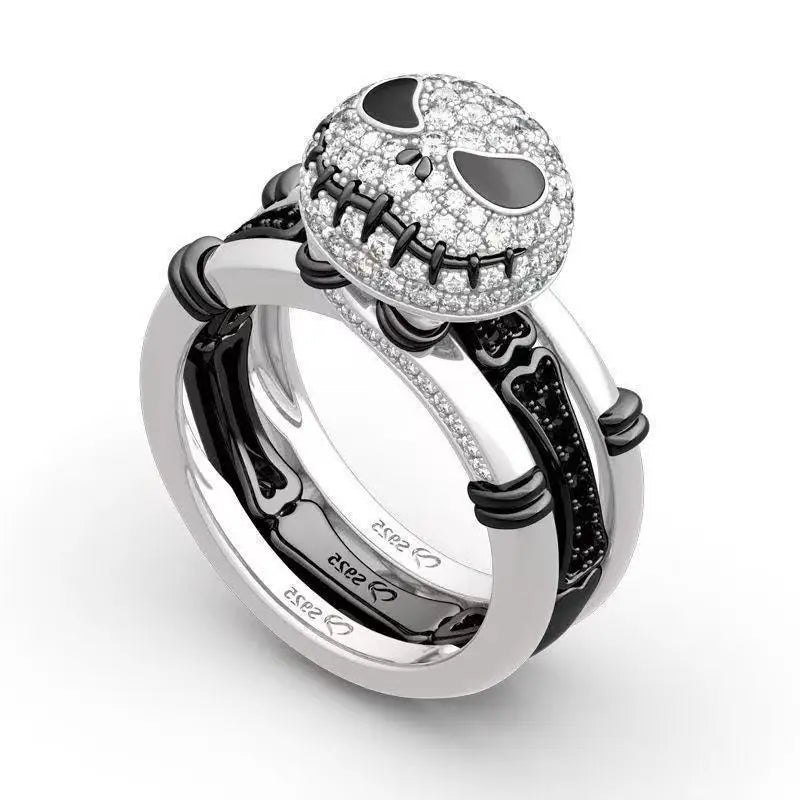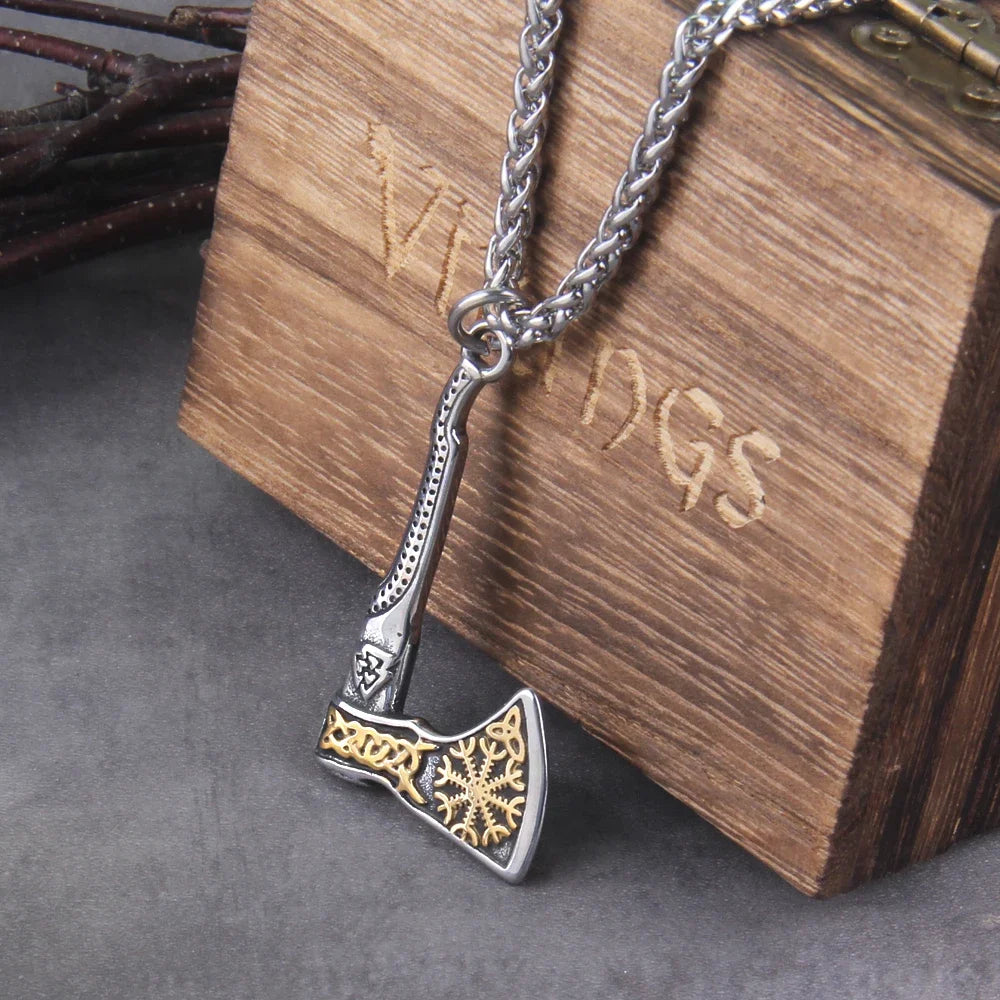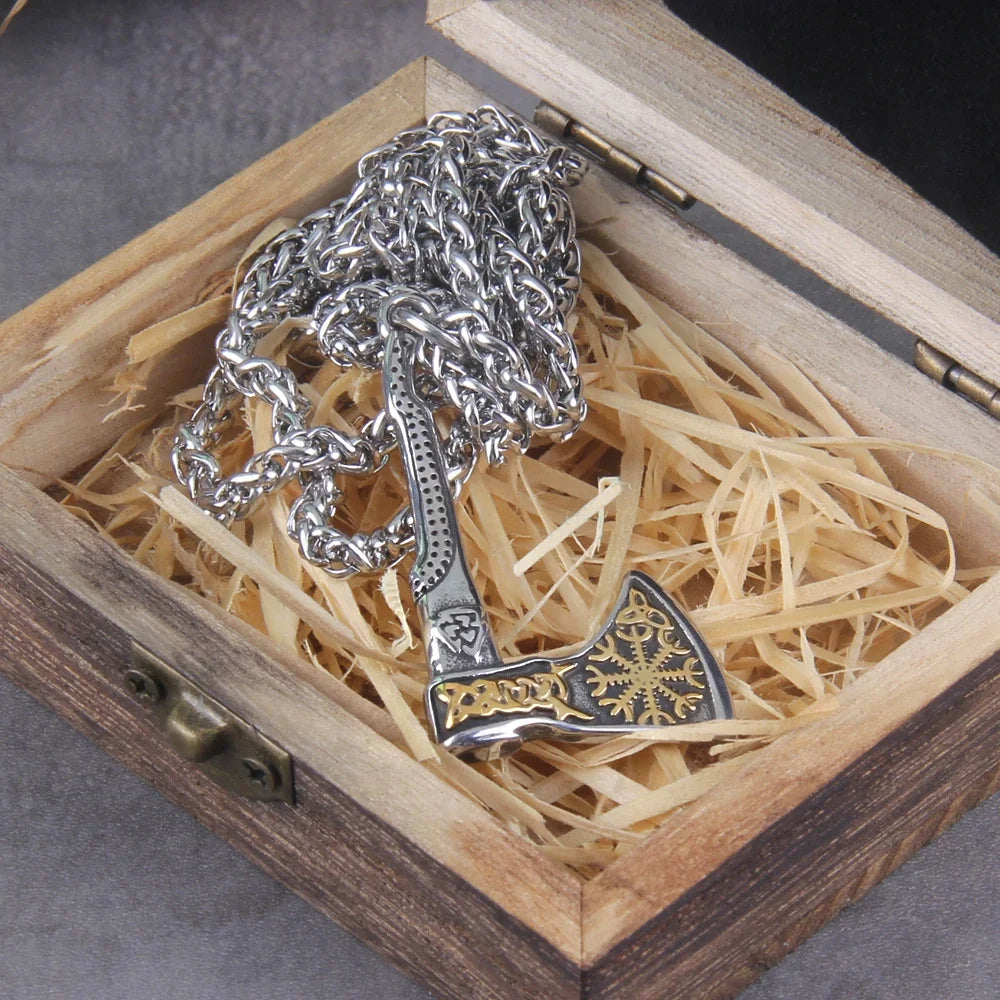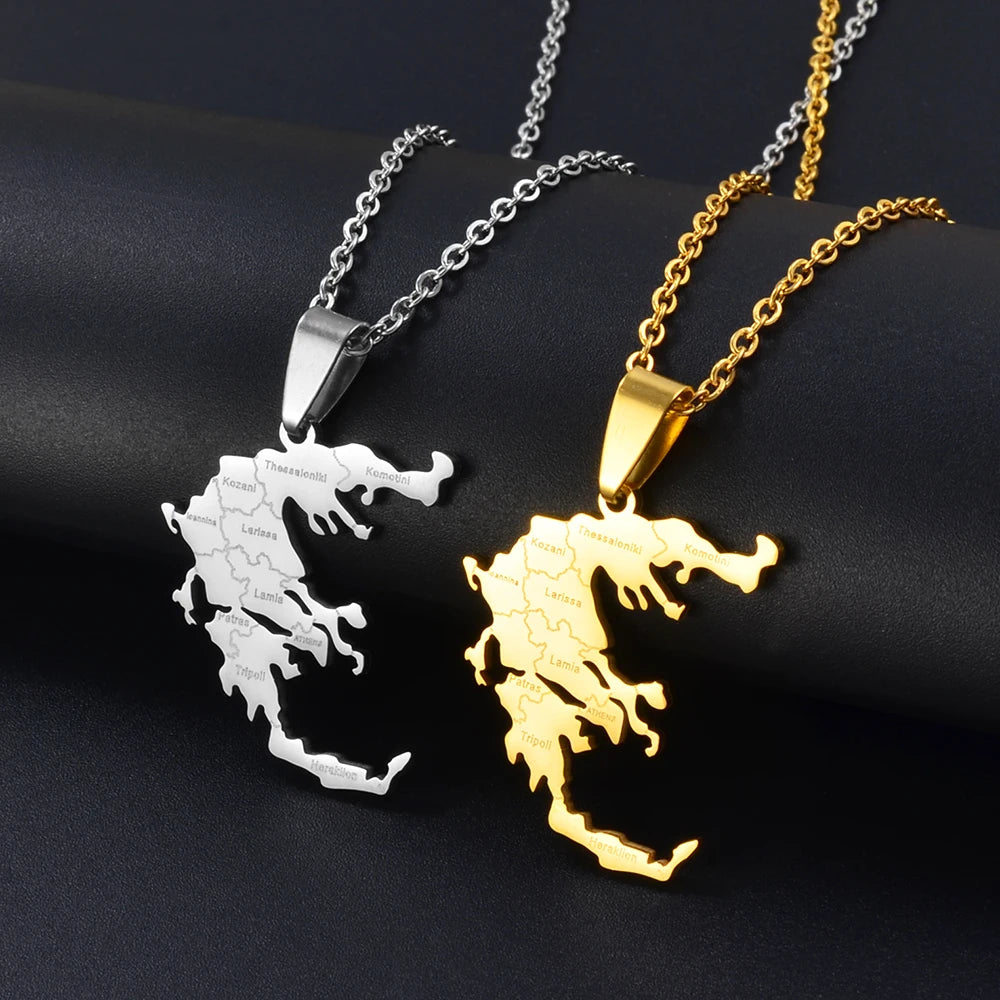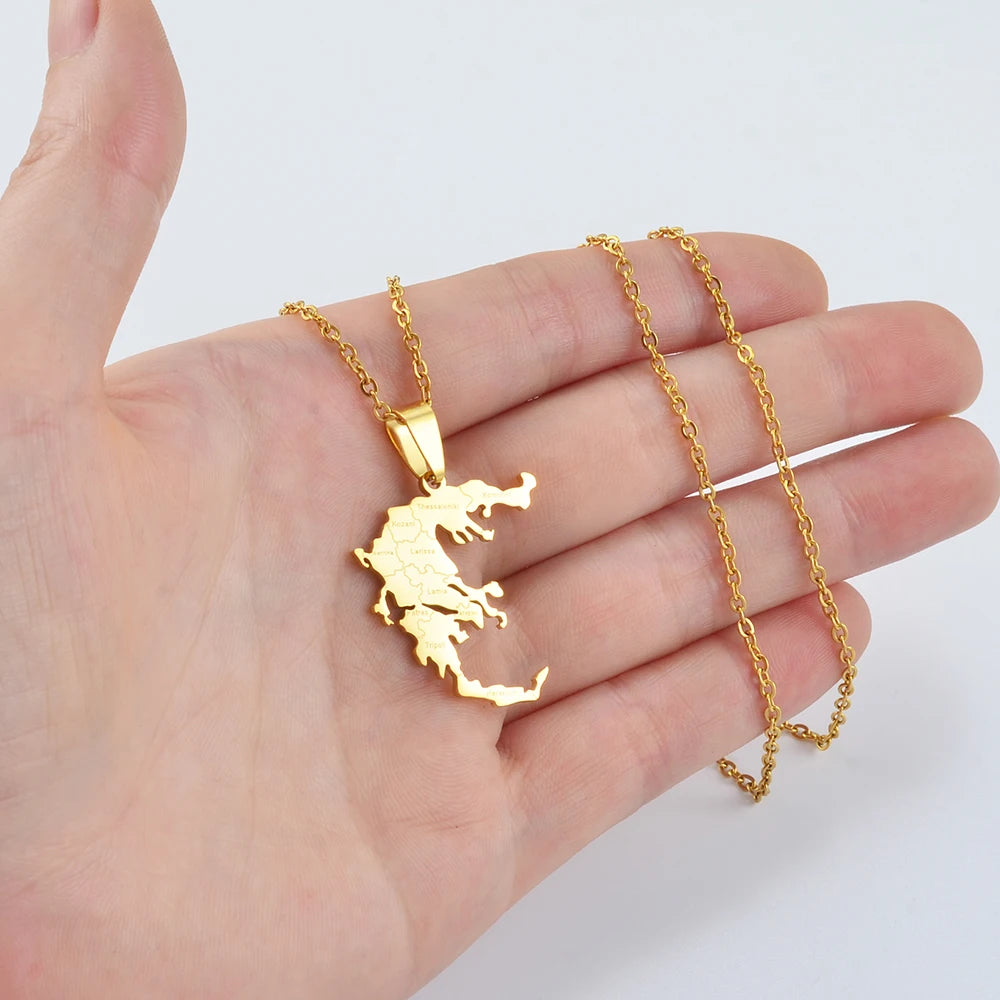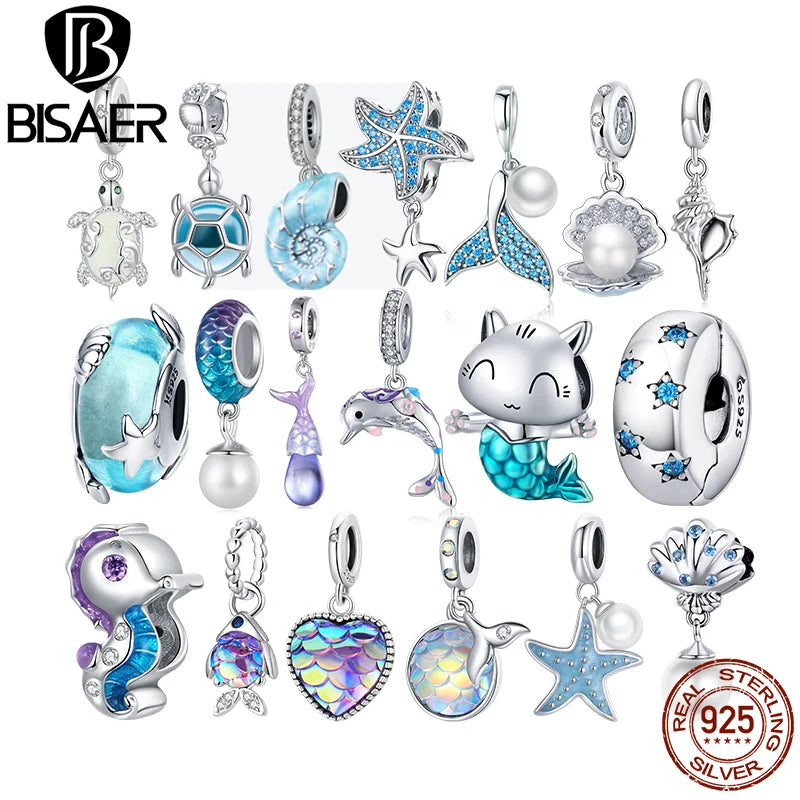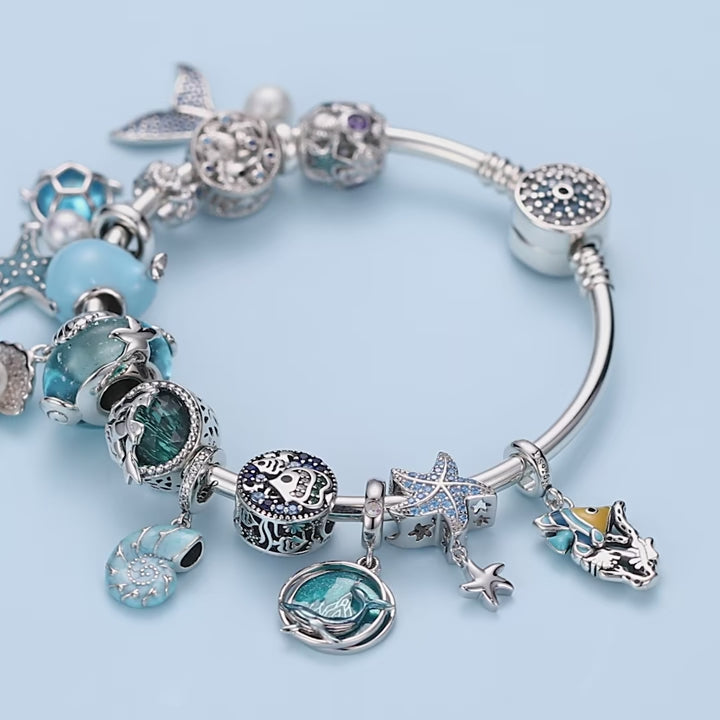How Many Cruise Ships Have Sunk Since the Titanic?
How Many Cruise Ships Have Sunk Since the Titanic?
The Titanic - A Tragic Legacy
The sinking of the Titanic in 1912 was a monumental tragedy that shook the world. For many, it became a symbol of the dangers and risks associated with ocean travel. However, the number of cruise ships that have sunk since then may surprise you. Despite advances in technology and safety measures, maritime accidents can still occur.
At [Your Company Name], we understand the allure of the sea and its symbols. That's why we offer a wide range of nautical jewelry, clothing, and decorations for passionate sea lovers like you. Explore our collection of chains, rings, bracelets, and earrings adorned with nautical themes, marine animals, and other symbols of the sea.
Post-Titanic Shipwrecks
While the sinking of the Titanic is arguably the most well-known maritime disaster, it is by no means the only one. Since then, several cruise ships have met with unfortunate fates. Let's explore some of the notable shipwrecks that have occurred in the past century:
1. RMS Lusitania: In 1915, during World War I, this British passenger liner was torpedoed by a German submarine off the coast of Ireland, resulting in the deaths of over 1,100 people.
2. SS Eastland: In 1915, this American passenger ship capsized in the Chicago River, claiming the lives of approximately 844 passengers and crew members.
3. Andrea Doria: In 1956, this Italian ocean liner collided with another ship off the coast of Nantucket, leading to the deaths of 46 individuals.
Advancements in Safety
In the aftermath of the Titanic disaster, there was a heightened focus on maritime safety. Stringent regulations were put in place, and new technologies were developed to improve the security of cruise ships. These include:
1. Enhanced Navigation Systems: Modern cruise ships are equipped with state-of-the-art navigation systems that utilize radar, GPS, and other technologies to ensure safe navigation at sea.
2. Improved Lifeboats and Life Rafts: Cruise ships now have an adequate number of lifeboats and life rafts, as well as rigorous training for crew members in their use.
3. Emergency Drills: Cruise lines conduct regular emergency drills to familiarize passengers and crew with safety procedures, including evacuations and the use of life-saving equipment.
Cruise Safety Measures
Despite the existence of safety measures, it is crucial that cruise passengers remain vigilant and aware of potential risks. Here are a few tips to ensure a safe and enjoyable cruise experience:
1. Research the Cruise Line
Before booking a cruise, research the cruise line's safety record, reviews, and certifications. Look for companies that prioritize passenger safety and have a proven track record of meeting industry standards.
2. Pack a Safety Kit
Prepare a safety kit with essentials such as a first aid kit, flashlight, whistle, and a personal emergency locator device. These items can be invaluable in case of an emergency.
3. Stay Informed
Stay informed about local weather conditions, travel advisories, and any potential security risks at your cruise destinations. Be aware of emergency procedures and the location of assembly stations on the ship.
Conclusion: Embracing the Sea and Staying Safe
In the world of cruise travel, the tragic sinking of the Titanic serves as a reminder of the importance of maritime safety. Though accidents can still occur, advancements in technology and stringent safety measures have significantly improved cruise ship safety. At [Your Company Name], we understand the deep connection between sea lovers and the symbols of the ocean. Explore our collection of nautical jewelry, clothing, and decorations, and embrace your passion for the sea while staying safe on your voyage.























